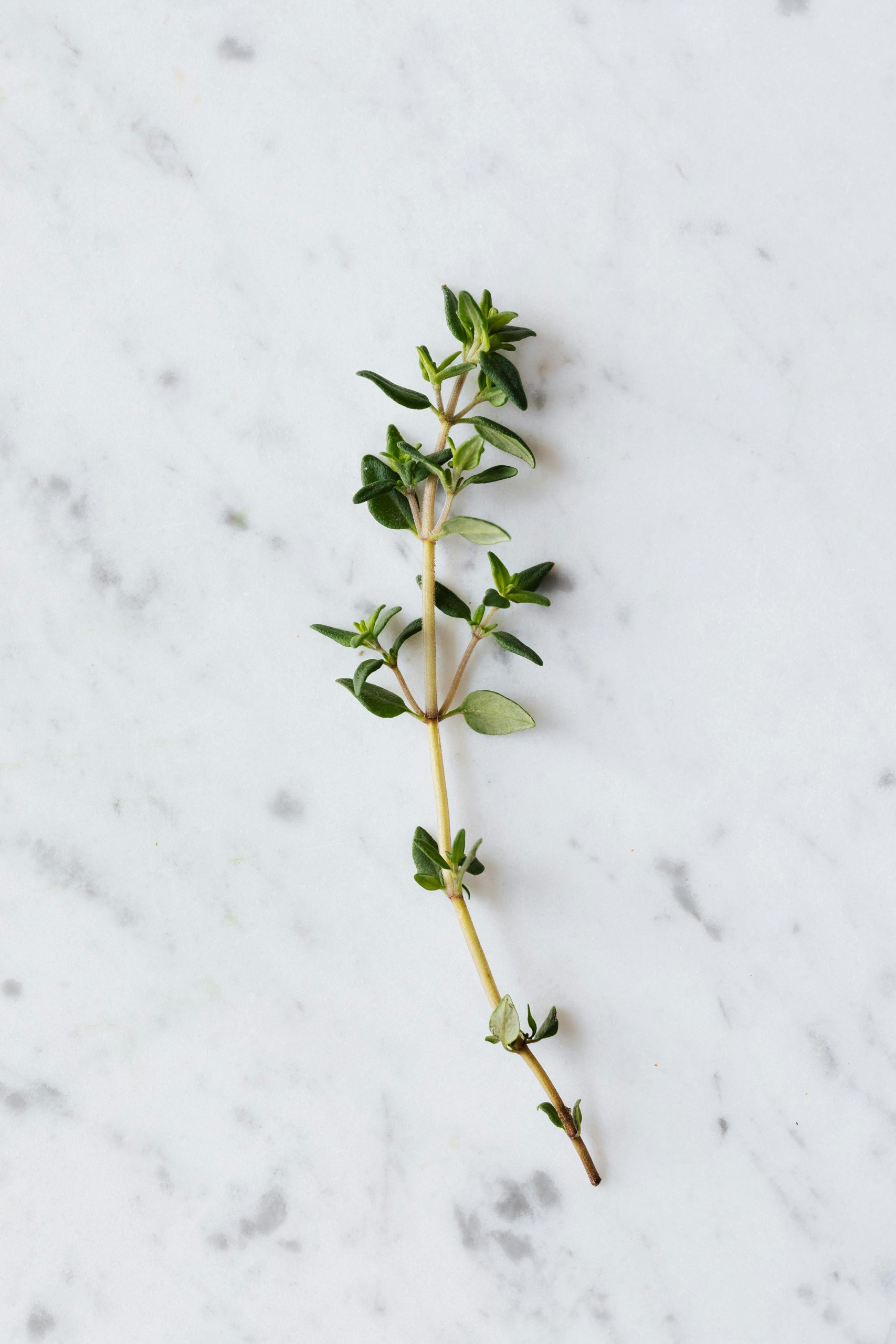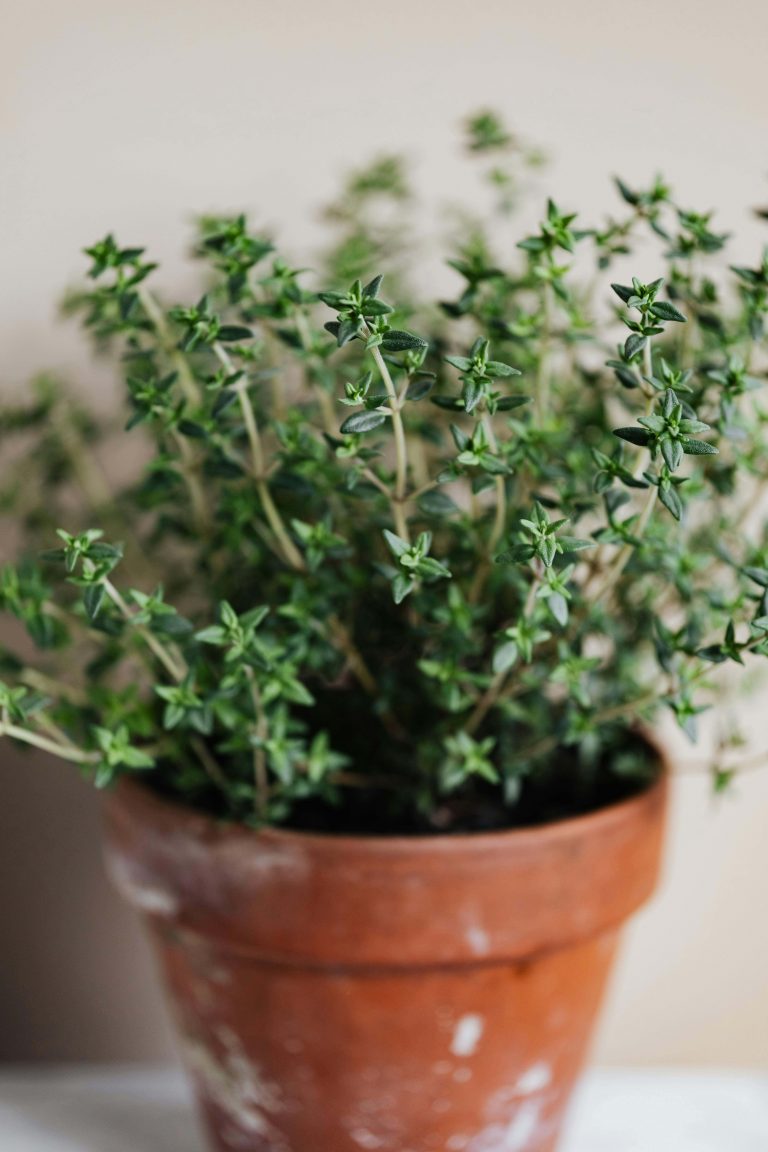Thyme is one of the most fragrant and versatile herbs that adds depth to pasta, chicken dishes, and even craft cocktails. It’s also a hardy plant that thrives both in garden beds and sunny kitchen windowsills. The best part? Once you know how to propagate thyme, you can keep a fresh supply handy year l;ong: no need to make quick trips to the grocery store or nursery.
Propagating thyme isn’t complicated, but there are a few essential steps to ensure success. Whether you start from cuttings or by dividing an existing plant, these methods will help you grow a thriving, never-ending thyme harvest right at home.
Two ways to propagate thyme
1. From cuttings
Propagating thyme from cuttings is an easy and dependable method for beginners and experts alike, allowing you to clone a healthy, mature plant. Here’s how:
- Select a healthy stem or two: Choose a non-flowering stem that’s about 10 to 12 cm long, from an established plant, or use leftover ones you bought from the supermarket.
- Trim and prep: Strip the lower leaves, leaving only a 1 or 2 centimetres at the top.
- Rooting medium: You can simply pop the stems into a glass filled about halfway with clean water. Or, dip the stems into a rooting hormone and then plant them into moist potting soil.
- Provide warmth and light: Keep the glass or pot in a sunny spot with indirect light.
- Wait for the roots: Wait two to three weeks for little roots to form before planting into a pot filled with potting soil, or replanting well-rooted potted saplings into a garden bed.
@simonakeroydgardener You will never need to buy thyme again. Its a perennial so will grow each year. Its easy to grow thyme from the supermarket. Simply place sprigs of thyme in water and after two weeks they will have rooted. Plant in well drained compost and enjoy your endless supply of thyme #gardening #foryou #fyp #foryoupage #growyourown #gardeningforbeginners #vegetablegardeningforbeginners ♬ Dirty Dancing: (I’ve Had) The Time Of My Life – Dynamite
2. From division
If you already have a thriving plant in your garden, dividing it is a quick way to multiply your supply. Here’s how:
- Choose an established plant: Select one that’s at least a year old, or very well-rooted.
- Gently remove from the soil: Wait for early spring or autumn. Then, gently loosen the plant and lift it out carefully.
- Separate the roots: Use your hands or a clean, sharp knife to divide the root ball into smaller clumps, ensuring each has both roots and stems (you’ll find natural divides when you uproot the plant).
- Replant immediately: Place each division into well-draining soil, spacing them at least 20 cm apart.
- Water lightly: Keep the soil slightly moist until the plants are established.

Care instructions and common mistakes
Once successfully propagating thyme, it’s important to properly care for it. Make sure it gets 6 to 8 hours of sunlight a day and has been planted in well-draining soil. Let the soil dry out between waterings, as thyme is particularly sensitive to overwatering. Prune regularly.
Common mistakes
It’s easy to make a mistake or two throughout the propagation process. Here are a few mistakes and how to avoid them:
- Cutting too much: Never prune more than 1/3 from the plant at once.
- Cutting the wrong stems: Woody stems won’t root as easily as green ones.
- Overwatering: Thyme doesn’t require a lot of water. Always wait for the soil to dry out before watering again.
Also See: How to keep your kitchen stocked with home-grown spring onion
How to keep your kitchen stocked with home-grown spring onion

